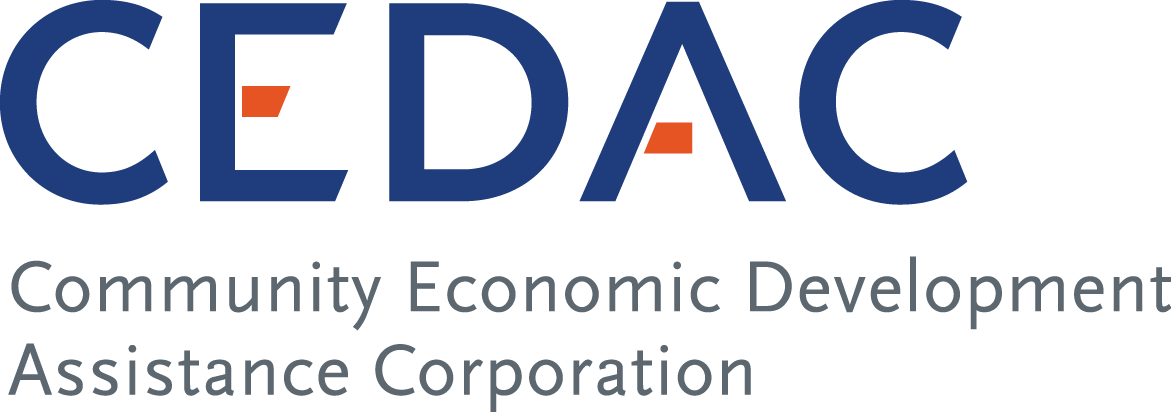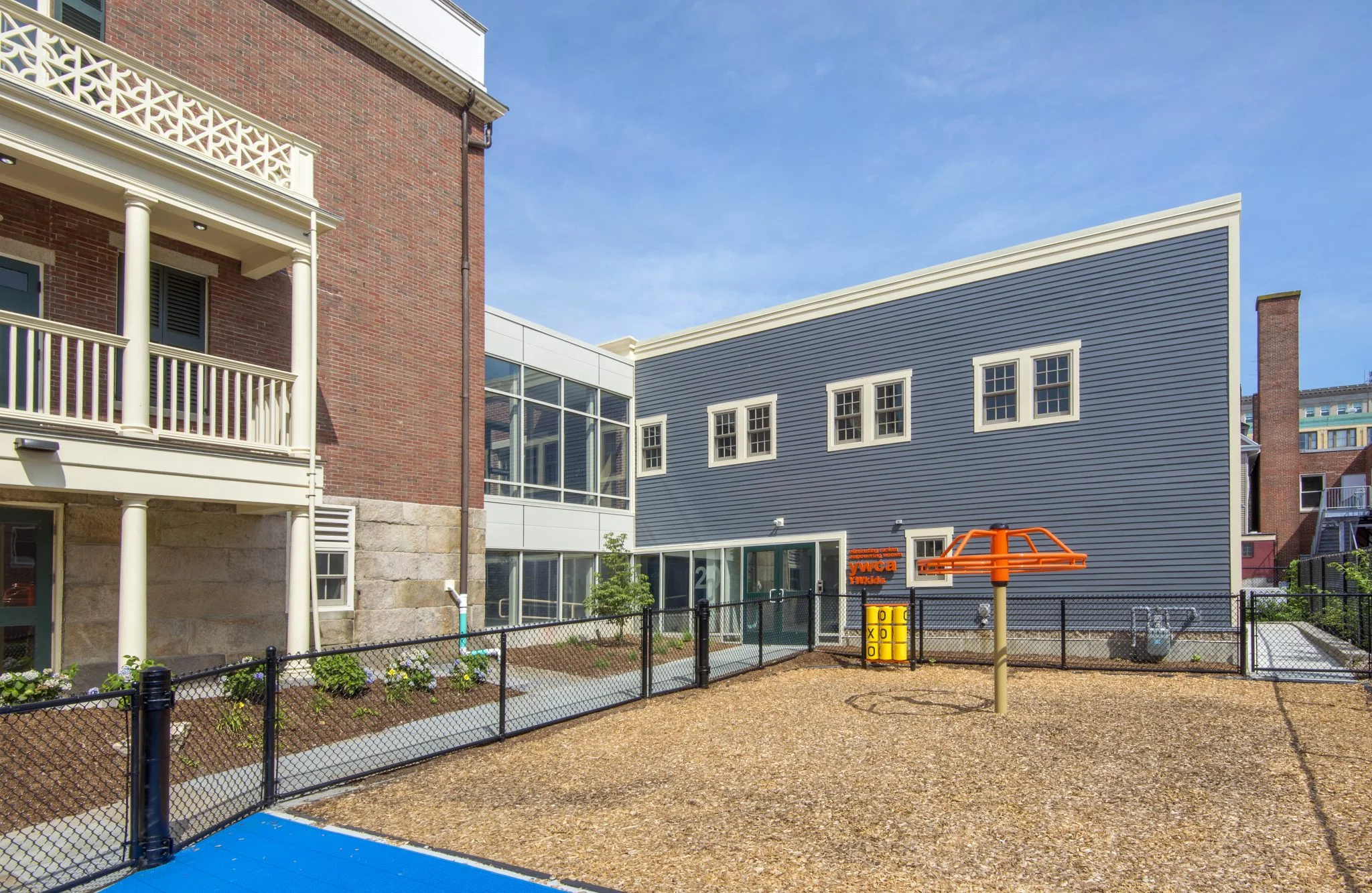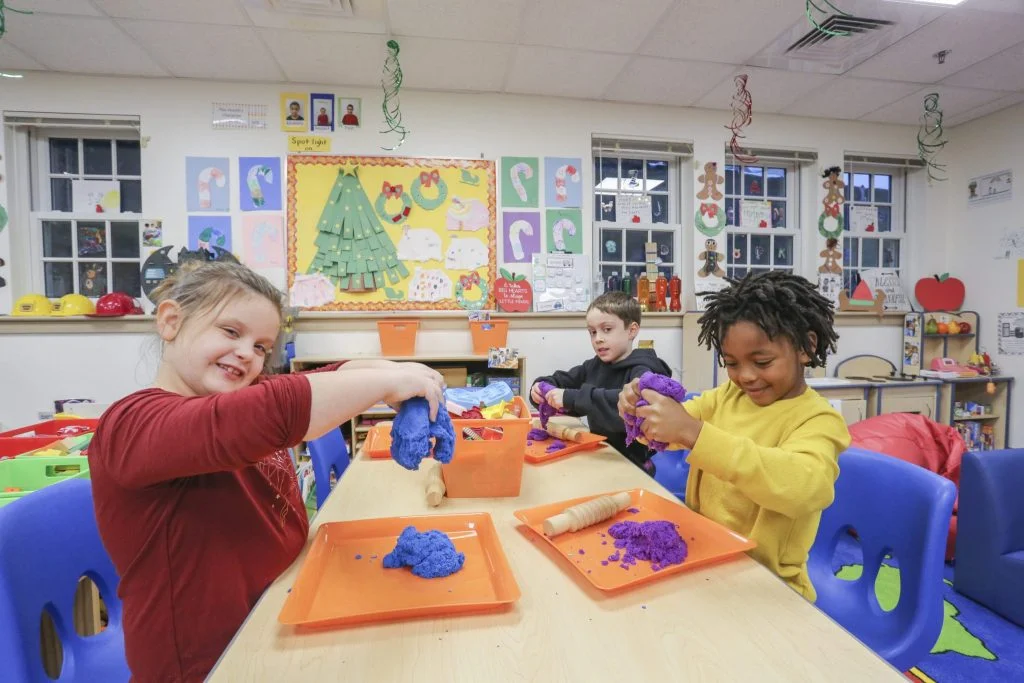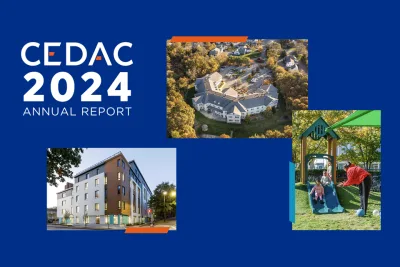President Biden’s American Jobs Plan is controversial in some quarters because it directs public capital into “non-traditional” forms of infrastructure. People commonly associate infrastructure with vast public works construction projects like highways and water treatment facilities that benefit society broadly; not just the truckers who use the roads or swimmers who enjoy unpolluted beaches.
The spending plan’s critics, however, dismiss as “social infrastructure” physical facilities, like parks, health care centers, and public libraries. These places connect neighborhood people to each other, and to the material and social supports they need to thrive. Investments like these are necessary to rebuild crumbling communities. They promote interpersonal trust, reciprocity, and cooperation: the natural fibers that bind the fabric of a community.
The most important, and perhaps the most ignored, part of the social infrastructure is child care. The cliché about finding centers in church basements is not far from the truth.
For the past 30 years, CEDAC’s affiliate, the Children’s Investment Fund (CIF), has focused on this critical category of social infrastructure: child care facilities. Indeed, CIF was the nation’s first Community Development Financial Institution (CDFI)-type organization to focus on this niche. At the time of CIF’s founding in 1991, I was CEDAC’s executive director. Concerned that child care might blur CEDAC’s strategic focus on affordable housing, I initially hesitated before eventually partnering with the United Way of Massachusetts Bay and Merrimack Valley and its funding partners to launch CIF.
A 2014 Urban Institute assessment of the first 50 years of community-based development makes CEDAC’s decision to embrace child care facilities look prescient. There is an “enormous opportunity,” UI’s report concludes, “for strategic innovation at the intersection of place-conscious and child-focused antipoverty work.” Today I would describe CIF’s child care facilities work as occupying the nexus of place-based, family-focused, and child-centered community development.
CIF provides financing, technical assistance and training to non-profit child care programs developing or improving their physical facilities. Child care facilities can anchor a neighborhood. Having high-quality and accessible child care centers builds community, enables parents to work, reduces economic hardships, strengthens families, and prepares young children for school and success in life.
Serving as breadwinner, for instance, is intrinsic to parenting. Holding a job enables parents to satisfy their children’s most basic material needs. That makes child care an economic necessity. But it also means children spend half their waking hours in child care during the most developmentally significant period of their lives. To take advantage of rapid brain development during the first five years of life, children need to spend time in enriching environments with skilled teachers and staff.
There are less obvious reasons to focus on child care facilities as well. When Harvard sociologist Mario Luis Small delved into child care centers in New York City, for example, he discovered that they “are unique in their ability…to broker both social and organizational ties.” Because these centers are non–competitive organizational settings where parents have frequent and routine interpersonal contacts, Professor Small observed that they can engender intense personal connections; the type of relationships we recognize as social capital. At child care centers, stressed working parents routinely get to know and rely on each other for help and support.
Beyond these interpersonal sources of social capital, Small found parents fare better at centers that intentionally engage parents. Recognizing the decisive role parents play in their child’s development, these centers adopt practices and routines that support a close partnership between the center’s staff and parents.
These policies and practices enable parents to tap into the organizational networks and institutional relationships that centers cultivate to support their families with career development, housing, food security, and health services, to name just a few. These organizational connections prove to be a rich source of another type of social capital – information, resources, and services – that help families cope with the day-to-day challenges of economic instability and the irregular work schedules associated with low-wage employment. “Better connected people,” Small explains, “enjoy better health, faster access to information, stronger social support, and greater ease in dealing with crises or everyday problems.”
The economics of child care, however, are brutal. Programs struggle to pay caregivers a living wage, so centers occupy low-cost buildings designed for a different use and minimize renovations. The same sort of creative, complex and subsidized financing required to build affordable housing is also necessary to construct well-located child care facilities that provide a good work environment for staff, developmentally stimulating space for children, and welcoming settings for parents.
If the federal infrastructure legislation can deliver a deep capital subsidy for child care centers – something equivalent to what the Low-Income Housing Tax Credit achieves in the housing arena – it would be an important win both for early childhood education and community development. Most importantly, it would deliver on the place-based, family-focused, and child-centered vision of community building identified by the Urban Institute’s researchers.
Top photo: exterior of YWCA of Southeastern Massachusetts in New Bedford. Bottom photo: children playing in one of the YWCA’s classrooms.







